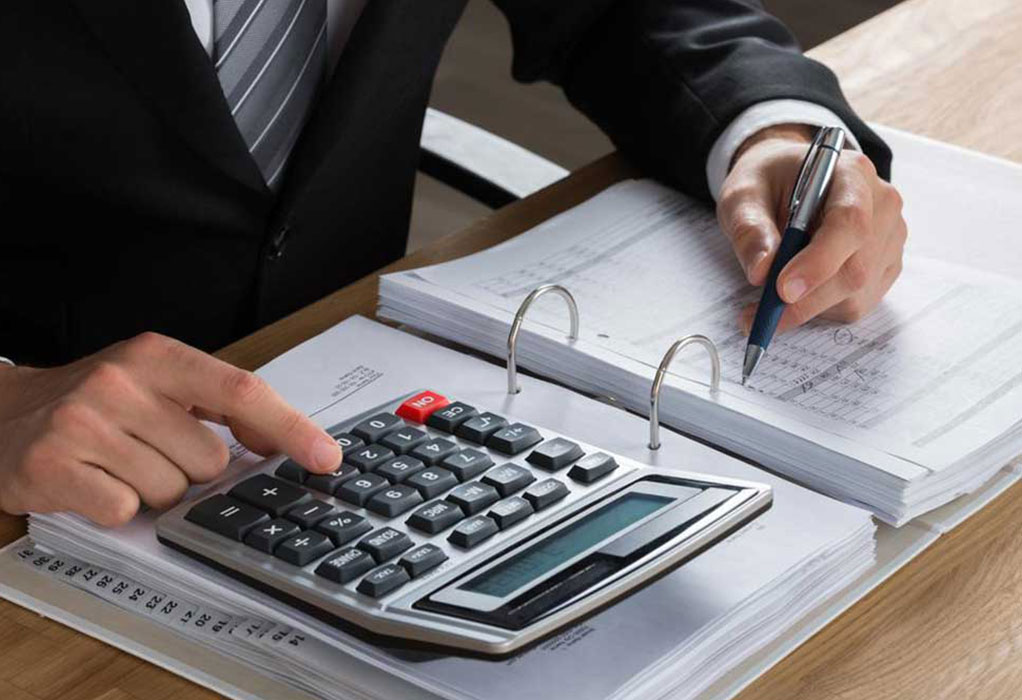Ultimate Guide to Maximizing Tax Deductions for Noncash Charitable Donations
This comprehensive guide helps donors understand how to claim tax deductions for noncash charitable donations, including documentation, valuation, and special rules for high-value items. It provides detailed steps to maximize tax benefits while ensuring IRS compliance, covering clothing, household goods, vehicles, and large assets like boats and planes. With thorough record-keeping tips and insights into valuation methods and acknowledgment requirements, the article is an essential resource for anyone looking to make the most of their charitable giving during tax season.

Comprehensive Strategies for Claiming Tax Benefits on Noncash Donations to Charities
Engaging in charitable giving is a noble way to contribute to societal well-being, and it also offers significant advantages when it comes to tax planning and deductions. While monetary donations are straightforward to document, many donors prefer to give noncash items such as clothing, household goods, real estate, or vehicles. These types of donations can substantially reduce your taxable income, provided you follow proper procedures and maintain accurate documentation. Understanding the nuances of claiming deductions for noncash charitable contributions is crucial to maximizing your benefits while ensuring compliance with IRS regulations. This comprehensive guide provides essential tips and strategies to help you navigate the process smoothly.
In this article, we delve into the detailed steps required to claim tax deductions for noncash donations, including documentation requirements, valuation methods, and special rules for high-value items. Whether you're donating clothes, donated furniture, or a vehicle, the right approach can make a significant difference in your tax savings. Read on to learn how to streamline your deduction process, avoid common pitfalls, and ensure that your generous contributions are fully recognized by the IRS.
Begin by creating a comprehensive inventory of all donated items. This inventory should include detailed descriptions of each item, such as brand, model, age, and condition. Additionally, note the date of donation, the recipient charity’s name and address, and the estimated fair market value (FMV). Accurate valuation is essential because you'll need this information to complete IRS forms like Form 8283, which deals specifically with noncash contributions.
Assess each item's condition carefully. To qualify for a deduction, items must generally be in acceptable, working condition. Items that are damaged, broken, or unusable normally do not qualify for deductions. For common items like clothing, furniture, or household goods, consult valuation guides provided by reputable organizations such as Goodwill, Salvation Army, or independent valuation resources. Keep any receipts for new items, as these can serve as proof of purchase and value in case of an audit.
The IRS requires specific documentation for claiming deductions on noncash donations. For donations valued over $250 but less than $5,000, donors should obtain a written acknowledgment from the charity. This acknowledgment must describe the donated items and specify that no goods or services were exchanged in return, thereby confirming the donation’s nature. If any goods or services were provided in exchange, the acknowledgment must detail those, and the deductible amount may be affected accordingly.
When donating food or groceries to charitable organizations, retain store receipts and request a written acknowledgment from the organization documenting the donation. While photographs of the donated items are not legally required, taking visual records is a wise practice, particularly for significant contributions. In case of an audit, photographic evidence can support your claim and help validate your deduction.
For donations exceeding $5,000 in value, an official appraisal by a qualified, certified appraiser is mandatory. This appraisal must be conducted before the donation and submitted with your tax return. Additionally, a formal donation receipt from the charity, confirming the donation and its value, is also needed. Note that donations of publicly traded securities typically do not require a formal appraisal but must be documented properly through brokerage statements or official transfer records.
Special considerations apply to donations of large assets such as boats, airplanes, or motor vehicles. In these cases, the IRS considers the sale proceeds received by the charity rather than the asset's fair market value at the time of donation. This can impact the amount you are eligible to deduct. Understanding these rules helps ensure you claim accurate deductions and avoid potential overstating of your contributions.
Finally, maintaining thorough, organized records is essential for a smooth deduction process. Consider keeping a dedicated folder or digital record of all receipts, acknowledgment letters, appraisal reports, and photographs associated with your donations. This documentation not only supports your deduction claim but also helps when calculating the total value of your contributions for your tax return. Staying compliant and well-prepared can ultimately maximize your charitable tax benefits and ensure you enjoy the full advantages of your generosity.




